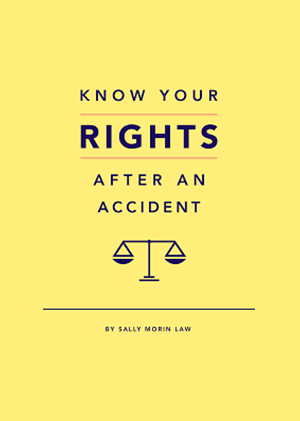What is the Discovery Process in a Personal Injury Case?
If you are not able to settle your personal injury claim with the other party’s insurance carrier early on in the process, your personal injury attorney will file the lawsuit in your case and then you are in litigation. This means both parties are under the jurisdiction of the court in which the lawsuit is filed and must adhere to that court’s rules. The court also places deadlines on the parties to complete certain work on their case. This is where the discovery process in a personal injury case comes in. The parties engage in conducting discovery into the information relevant to the case.
Discovery Process
A large Pre-trial part of the litigation process is called discovery. This is the period of time during which both parties request and exchange all the relevant information related to the case. This includes information about the parties, how the accident occurred, what the injuries are, the details of the medical treatment and all proof of the damages (both general and special) suffered by the injured party.
In the discovery process, the parties can uses various types of information-gathering tools including but not limited to interrogatories, requests for documents, requests for admission, depositions and medical examinations. All parties can serve each other with these various forms of discovery to get information to build their case, or in the case of the defendant to “tear down” the plaintiff’s case. There are different ways to get information in the discovery process in a personal injury case.
Specific discovery tools:
Interrogatories are written questions that require written responses. Requests for Documents are just that – specific written requests that the other party produce all relevant documentation in their control. Requests for Admission ask the other party to admit that certain facts are true, so that the other party is not required to waste time proving those facts at trial.
Depositions
Depositions (the most important part of the discovery process in a personal injury case) are basically live interviews and serve as a chance for each party to sit down with the other party or witness and ask a series of questions related to the case.
In my opinion, this can be the most fruitful discovery too. The questions and answers of a deposition are recorded live in writing for both parties to review and use to build their case. Either party can take the deposition of the other party, any witness to the accident, any witness to the plaintiff’s injuries, or any expert who will be called to testify at trial. Finally, the defendant can require the injured party (plaintiff) to submit to a medical examination by a doctor hired by the defense attorney to examine and evaluate the plaintiff’s injuries.
Penalty of Perjury
All discovery responses are given under the penalty of perjury, meaning that the person or party who is responding takes an oath of truth in giving their responses. So, if you ever hear the term “discovery” mentioned in the context of a personal injury action, now you have a general idea of what that means. I will provide more details about each element and tool of the discovery process in my next posts.
If you find your personal injury case elevating to the point of litigation and discovery, you most certainly want to be sure to have a qualified personal injury lawyer working on your case.








